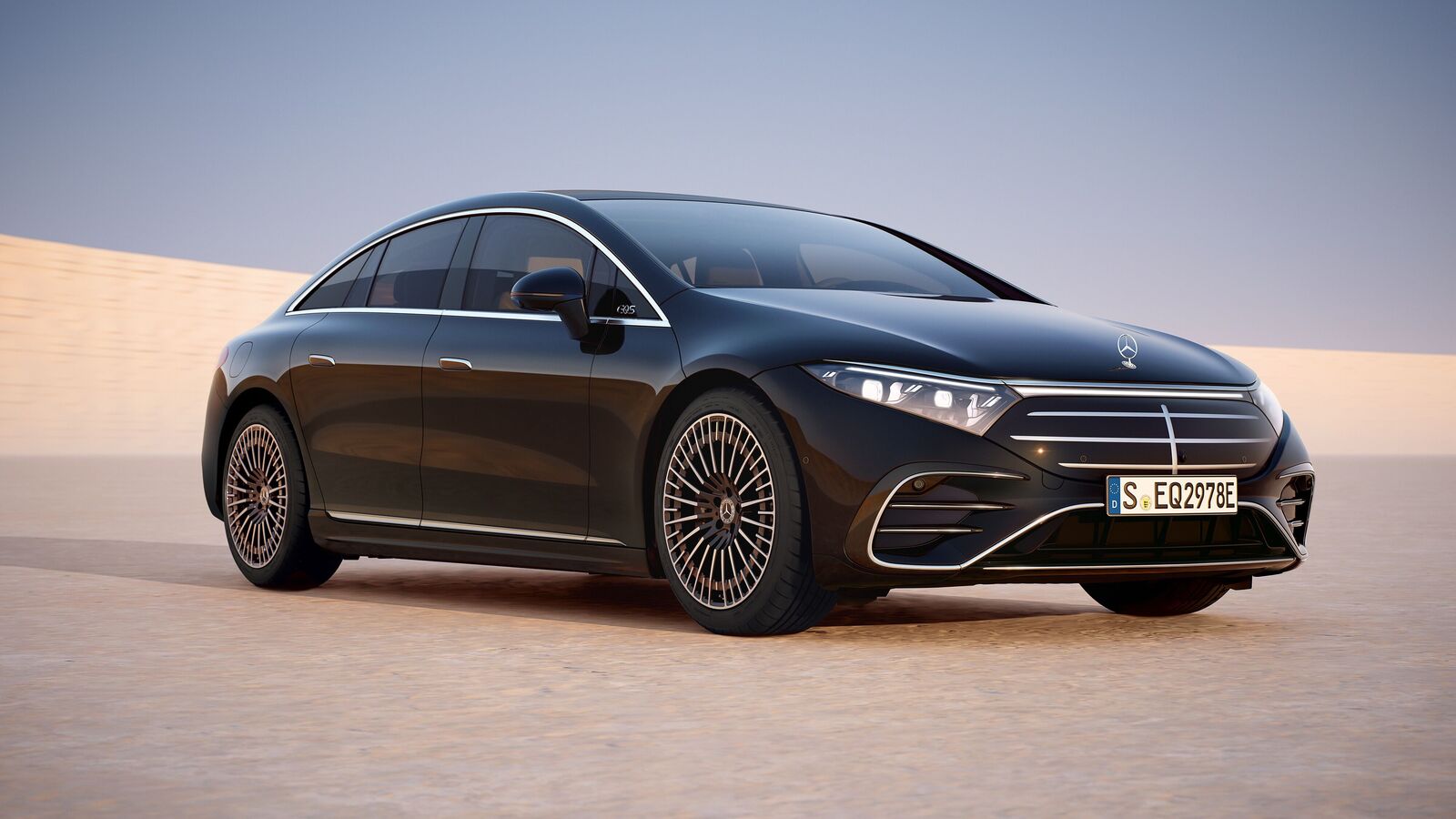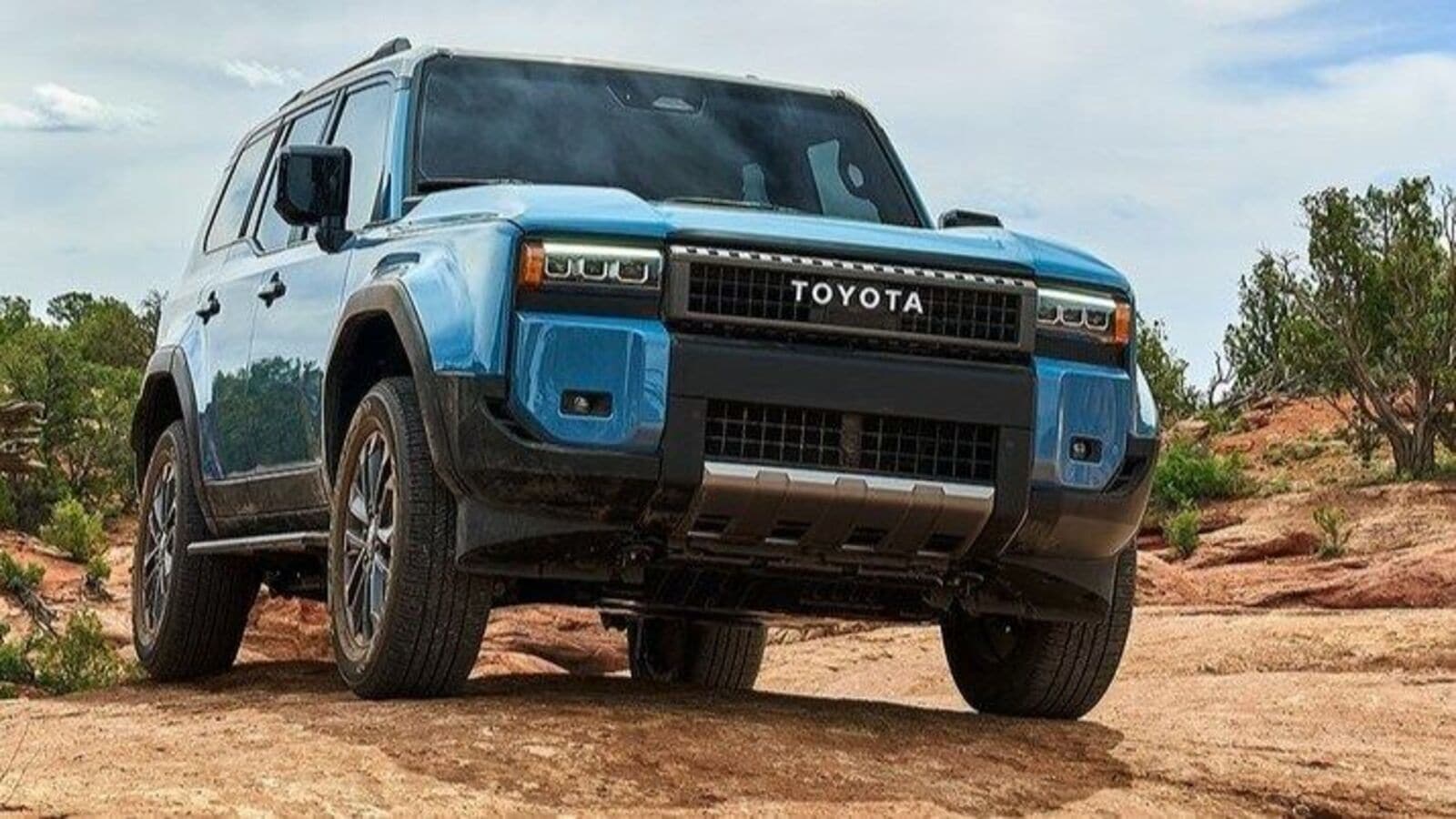- British Columbia has banned all cars with Level 3 ADAS in the province, directly impacting the new Mercedes-Benz S-Class and Mercedes-Benz EQS.
At a time when the global automobile industry is thriving towards adopting ADAS in an increasingly wide range of cars, the Canadian province of British Columbia has banned all cars with Level 3 ADAS. The province has recently updated its Motor Vehicle Act, prohibiting the use of vehicles with the Level 3 systems, which comes as a major clampdown on using such systems. The updated law makes it illegal to merely drive any Level 3 driving assist-equipped vehicle, even if the technology is not used.
The British Columbia government introduced the new rule on 18th March and enforced it into effect on 15th April. With this rule, driving a car in the province that comes equipped with Level 3 or above becomes illegal. However, currently, there are only two cars that come with Level 3 ADAS, which include the new Mercedes-Benz S-Class and Mercedes-BVenz EQS. This technology allows the drivers to go hands-off and eyes-off at a speed of less than 64 kmph.
This means if a person owns the new Mercedes-Benz S-Class or the Mercedes-Benz EQS, he or she will have to think twice before visiting the province. If caught, the person will be fined with a hefty amount ranging between CAD 368 and CAD 2,000 or even six months in jail as well.
Interestingly, while the British Columbia government has banned the cars equipped with Level 3 ADAS, future use of the technology is not ruled out. In a statement, the government has stated that new and emerging transportation technology needs further testing and policy adjustments before widespread use. The government also said that these new regulations will keep people safer on the roads and encourage even more use of active transportation, which is another step in modernizing the rules to keep up with new technologies that are changing how people are getting around.
First Published Date: 16 Apr 2024, 07:14 AM IST
Source link



